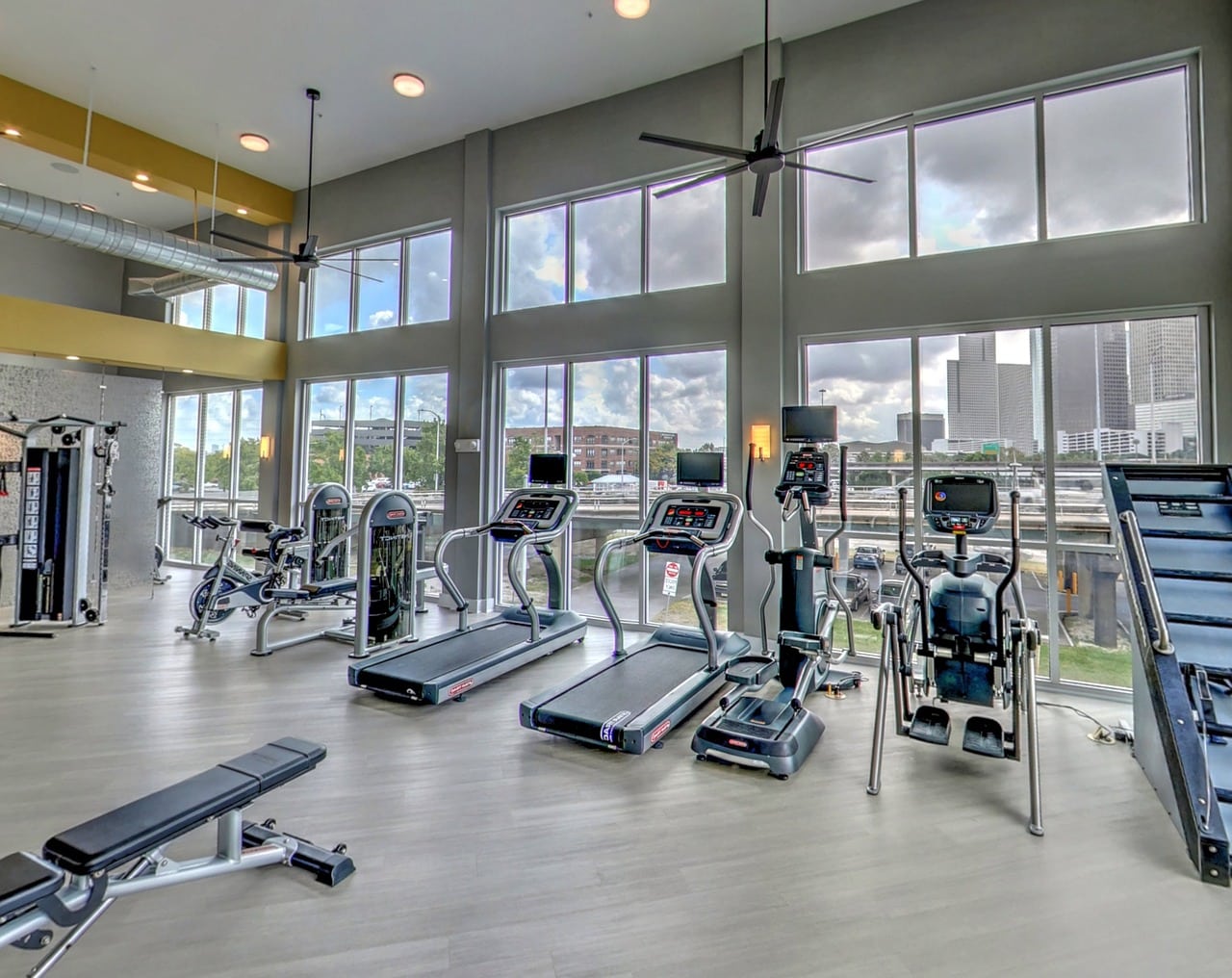Physical Address
304 North Cardinal St.
Dorchester Center, MA 02124
Physical Address
304 North Cardinal St.
Dorchester Center, MA 02124

Let’s be honest: The phrase “cardio for weight loss” probably makes you think of endless treadmill sessions, drenched gym clothes, and the kind of boredom that makes you count ceiling tiles. But what if cardio could feel effortless—even enjoyable—while still melting stubborn fat?
Science shows that cardio is one of the most efficient ways to burn calories, improve heart health, and boost mood. But most people approach it wrong. They either push too hard (hello, burnout) or stick to routines that feel like a chore.
In this guide, we’ll ditch the outdated “no pain, no gain” mentality. Instead, you’ll learn how to start cardio for weight loss in a way that aligns with your lifestyle, fitness level, and actual preferences. Spoiler: You don’t need to run marathons or live on the elliptical.

Transition Phrase: First, let’s clarify how cardio burns fat—and why some people never see results.
Cardio accelerates weight loss by:
But here’s the catch:
Science-Backed Solution:
Transition Phrase: Now, let’s explore cardio options that won’t make you dread exercise.
Takeaway: Choose activities you enjoy—consistency beats intensity.
Transition Phrase: Next, let’s turn these ideas into a practical plan.
Step 1: Set Realistic Goals
Step 2: Use the “Talk Test”
Step 3: Pair Cardio with Strength Training
Sample Weekly Plan:
Transition Phrase: Let’s tackle the real reason most people quit cardio: mindset.
Transition Phrase: Even small tweaks can transform your results.
Transition Phrase: What you eat before and after cardio matters more than you think.
Transition Phrase: Here’s a secret weapon you’re already using…
NEAT includes calories burned through daily activities (e.g., fidgeting, cooking). To boost it:
Fun Fact: NEAT can burn up to 2,000 calories/week—equivalent to 5.5 hours of cycling!
The journey to weight loss isn’t about punishing yourself with grueling workouts—it’s about finding joy in movement and trusting the science of sustainability. Cardio isn’t a chore to endure; it’s a tool to celebrate what your body can do, not just how it looks. By prioritizing activities you genuinely enjoy, balancing intensity with recovery, and focusing on progress over perfection, you’ll build a routine that outlasts fleeting motivation.
Remember, the best cardio plan is the one you’ll stick to. Whether it’s dancing in your living room, hiking scenic trails, or chasing your dog around the park, consistency thrives on pleasure, not punishment. And as those non-scale victories pile up—more energy, brighter moods, deeper sleep—you’ll realize weight loss is just the beginning of what cardio can unlock.
“Ready to transform cardio from a ‘should’ to a ‘want’? Grab your FREE ‘Cardio Joyfinder Checklist’—a step-by-step guide to discovering workouts you love while torching fat. Your journey starts here.”